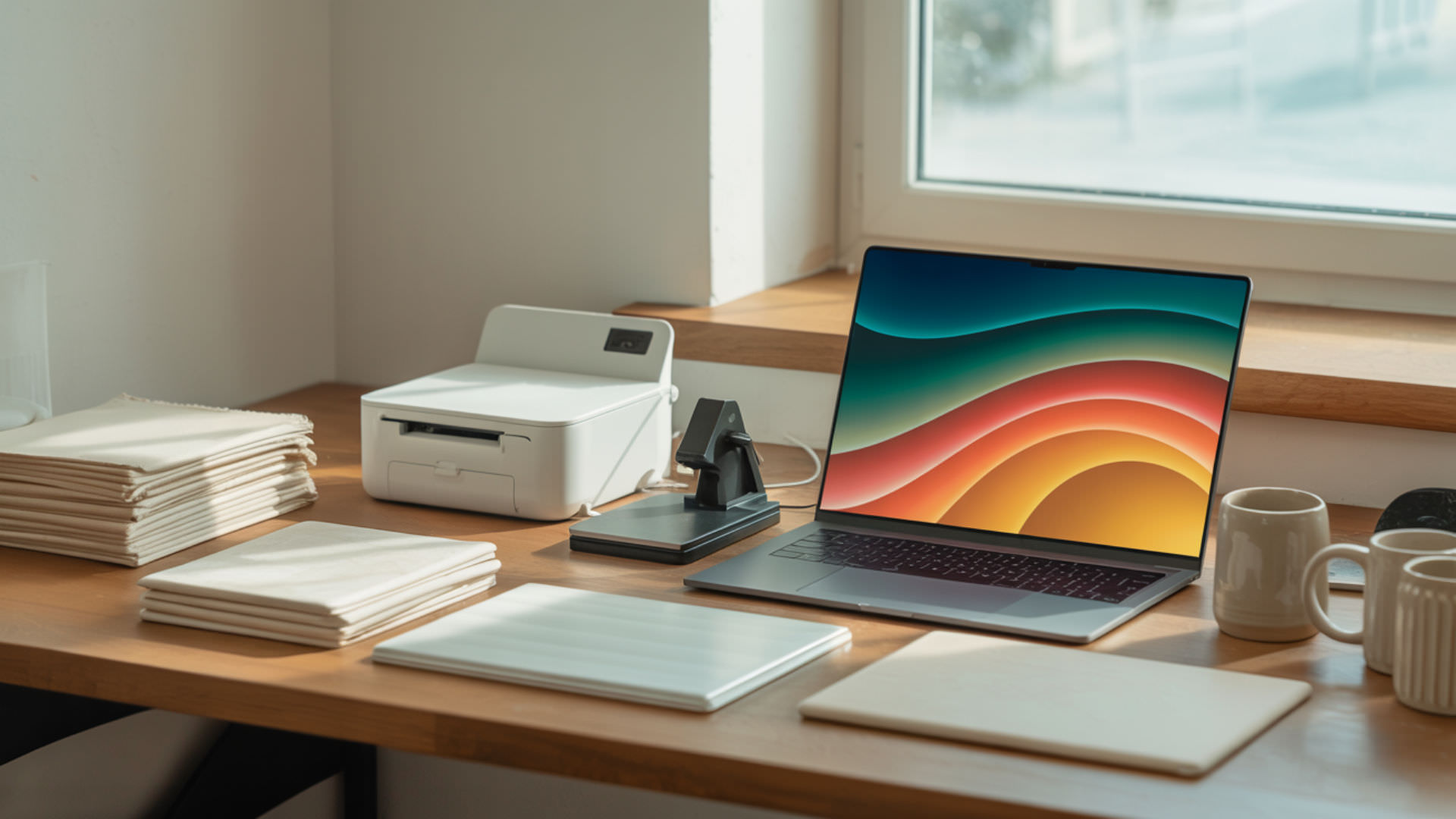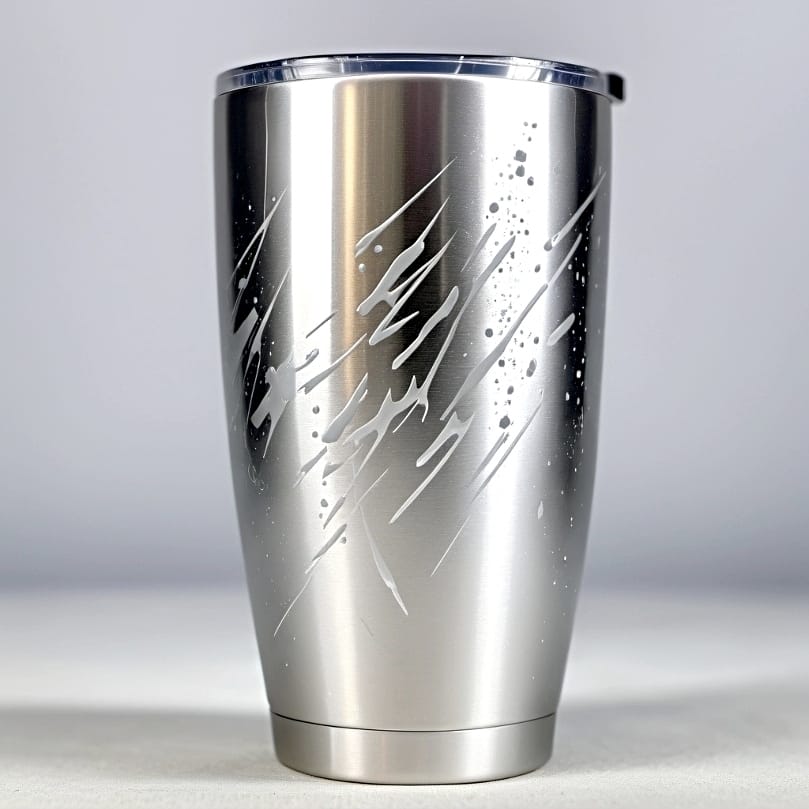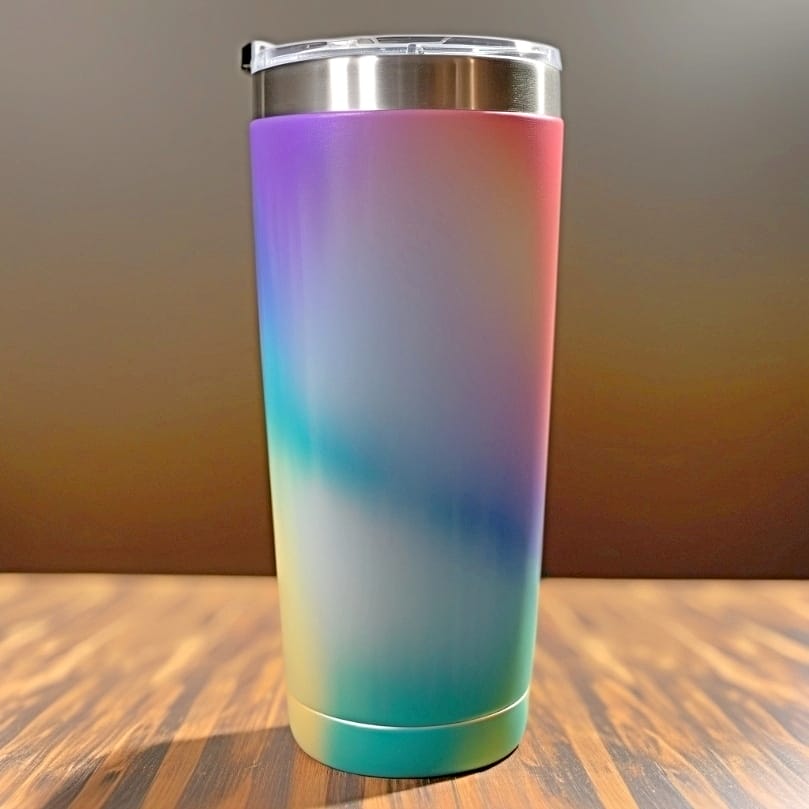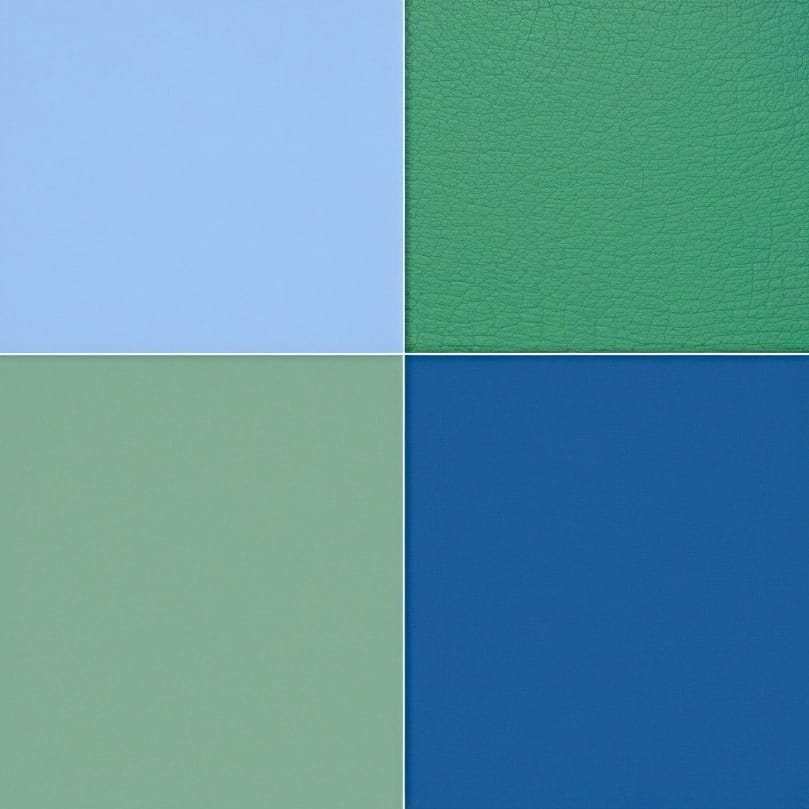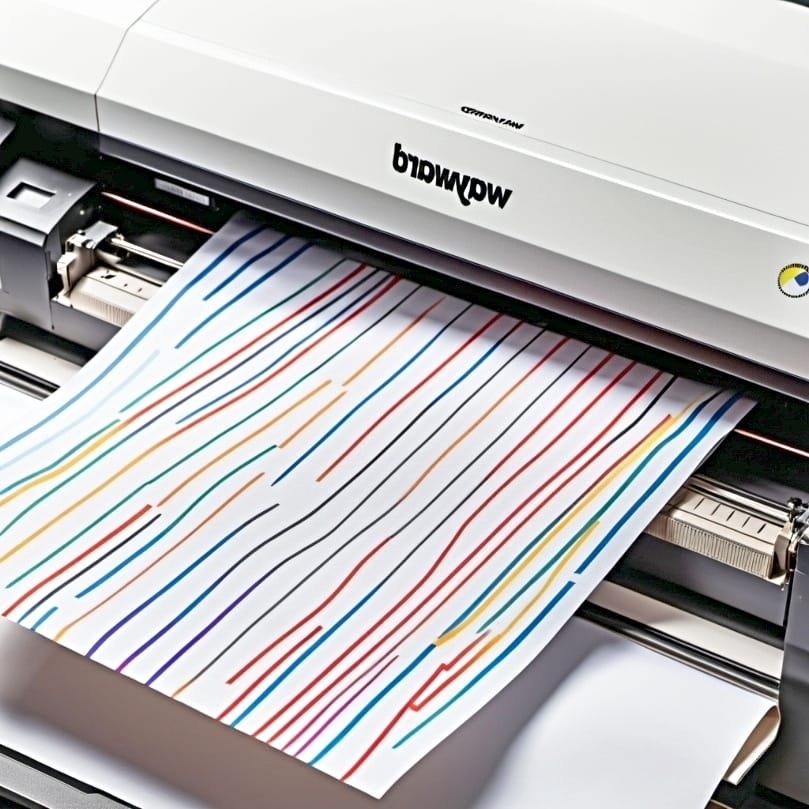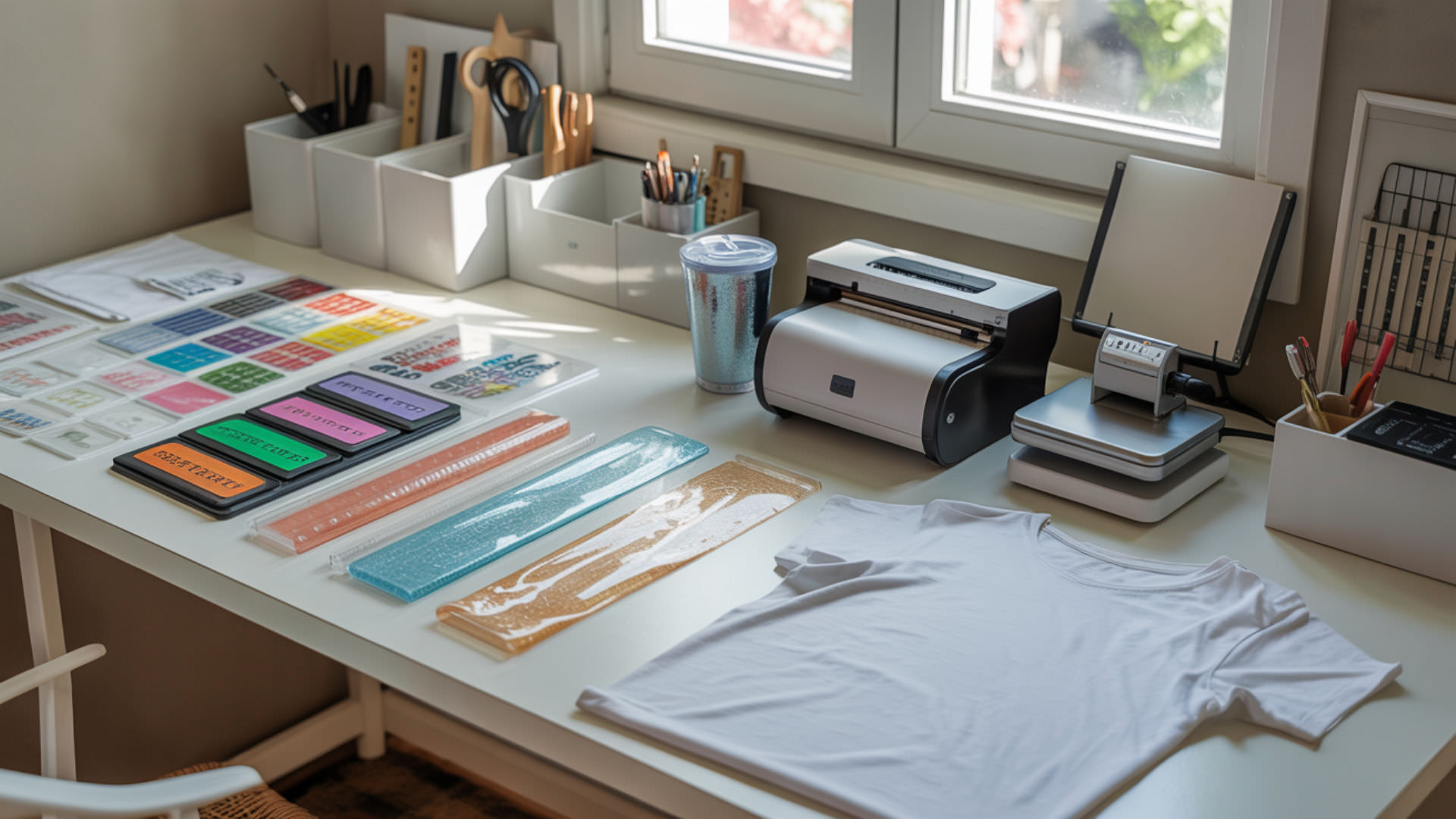Table of Contents
ToggleFaced with the frustration of sublimation ghosting? Ghosting is one the issues sublimation geeks might face on their journey. But worry not! We have tailored this guide specially for you! Discover how to remove sublimation ghosting effectively, as we outline the steps to restore your print’s quality and prevent future mishaps. We’ll address causes, immediate solutions, and preventative measures to keep your sublimation prints sharp and clear. Are you ready? Let’s get going!
Key Takeaways
- Sublimation ghosting is caused by factors such as trapped air, active ink, and paper movement, and can be identified by a secondary shadowy image.
- Preventing ghosting involves meticulous placement and securing of transfer paper and utilizing proper heat press settings to ensure stable heat transfer.
- Rectifying ghosting includes immediate measures like using adhesive methods post-pressing and realignment strategies, as well as managing specific substrate challenges and maintaining high-quality supplies and equipment maintenance.
Understanding Sublimation Ghosting
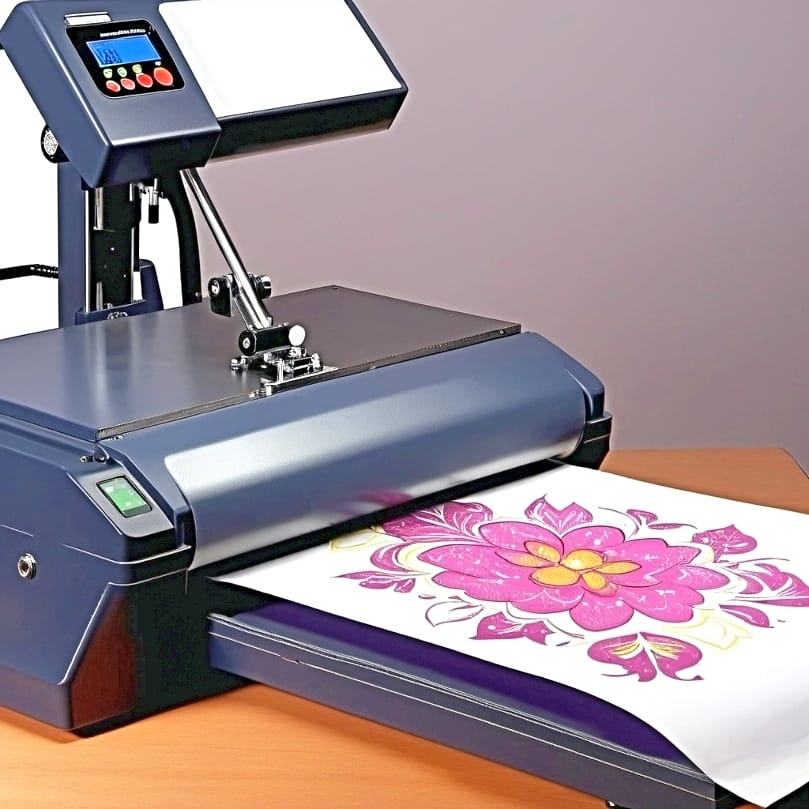
Sublimation ghosting is a common issue that leaves a blurred or double image on your substrate, often arising from shifting sublimation transfer paper during the print process. Achieving flawless sublimation prints involves mastering the identification and prevention of ghosting.
Identifying the Signs of Ghosting
A faint, shadow-like secondary image appearing alongside or outside the original design edges, is a manifestation of ghosting. On fabric substrates, ghosting can present as partial ink transfer and incomplete absorption and bonding with the fabric due to the transfer paper moving during the sublimation process.
The Causes Behind Ghosting
Various factors can result in ghosting, these include trapped air under the transfer paper, active sublimation ink after opening the heat press, or movement of the paper during printing.
Inaccurate heat press settings or excessive force can also lead to ghosting.
Preventative Measures to Avoid Ghosting
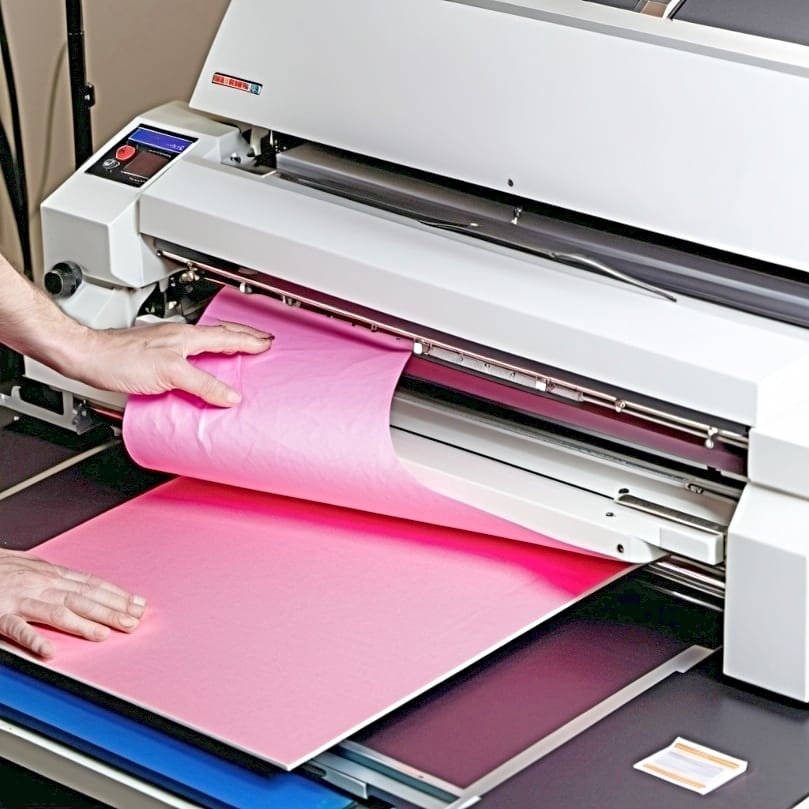
Prevention is always better than cure. In sublimation printing, avoiding ghosting from the onset can save you valuable time and resources.
⫸ Click Here For Best Selling Sublimation Printers And Products ⫷Preventing ghosting requires proper placement of blank transfer paper and optimal heat press settings for efficient heat transfer.
Proper Placement and Securing of Transfer Paper
Positioning the transfer paper face down onto the pre-pressed garment is necessary for optimal results. Improper placement of transfer paper can result in ghosting due to the possibility of the transfer paper shifting or lifting during the heat press opening. To avoid this issue, make sure to apply the transfer paper vertically, ensuring a proper alignment with the garment.
Optimal Heat Press Settings
Sublimation ghosting can be impacted by the operation of the heat press. A sudden or rough operation can cause sublimation transfer paper shifts, leading to ghosting. Therefore, ghosting can be avoided by maintaining the recommended heat press settings.
Effective Solutions to Remove Sublimation Ghosting
When ghosting occurs, it’s not the end of the world. There are effective solutions at your disposal to remove sublimation ghosting and achieve a perfect print.
Immediate Actions Post-Pressing

Securing the transfer paper in place using adhesive spray or special adhesive transfer paper is an immediate action you can take after pressing to prevent ghosting. Furthermore, allowing the item to cool down before removing the transfer paper immediately helps stabilize the print and minimize ghosting.
Realigning the Ghosted Image
If you find a ghosted image, don’t panic. Realigning the previously transferred image prior to pressing can effectively reduce ghosting and enhance the overall quality of the sublimation print. With the right tools and techniques, such as using a correct color correction program, you can salvage your sublimation print.
Troubleshooting Specific Sublimation Blanks

Mastering the art of sublimation printing involves understanding the unique challenges posed by different substrates, including those with a hot sublimated surface. From fabric to rigid substrates, each comes with its own set of challenges and considerations. One essential tool in this process is the sublimation transfer sheet, which plays a crucial role in achieving high-quality results.
Special Considerations for Fabric Substrates
Some challenges associated with fabric substrates include color shifting, image bleeding, and uneven transfer of solid filled areas. It’s crucial to utilize the appropriate time, temperature, and pressure settings, ensure thorough drying, and effectively manage condensation.
Adjustments for Rigid Substrates
Unique challenges are presented by rigid substrates like drinkware and photo panels. To prevent ghosting and ensure successful printing, follow these steps:
- Make adjustments in pressure and time for different substrates.
- Ensure the correct gap between the roller gripper shaft and the sleeve’s end surface.
- Secure the hard substrates in place.
By following these steps, you can achieve high-quality prints on rigid substrates.
Advanced Tips From Sublimation Specialists
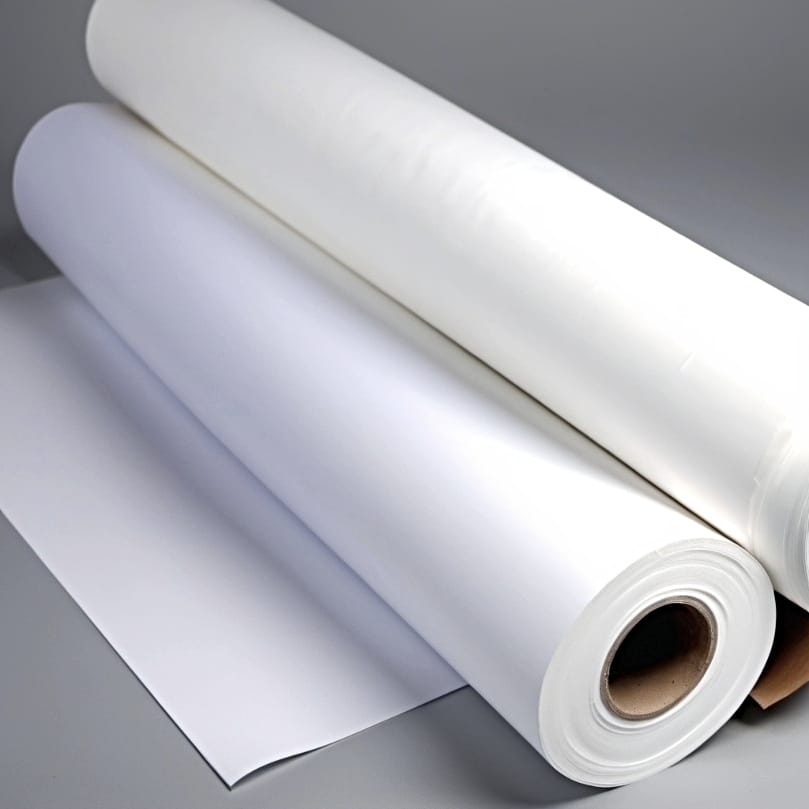
The expertise of a sublimation specialist can provide invaluable insights into making the most of your sublimation printing experience. High-quality inks and papers, as well as regular equipment maintenance, play significant roles in achieving optimal performance.
The Role of High-Quality Inks and Papers
The quality of ink and sublimation paper you use in your sublimation printing can significantly impact the final result. High-quality inks provide superior print accuracy, performance, and durability, preventing issues such as cracking, peeling, fading, bleeding, and blurring that can lead to ghosting. Managing excess ink during the printing process can also contribute to better outcomes.[1]
Equipment Maintenance for Optimal Performance
Minimizing the occurrence of sublimation ghosting can be achieved through regular equipment maintenance, which maintains the machine’s optimal performance. Practices such as cleaning the interior and exterior of the printer, inspecting and cleaning the print heads, and replacing worn parts are crucial to ensure the sublimation printer functions at its peak performance.[2]
Summary

Sublimation printing is a beautiful dance between ink and substrate, but when ghosting steps in, it can turn your masterpiece into a mess. We have explored in depth the causes of sublimation ghosting and how to prevent it, we’ve provided solutions to remove it and offered expert advice on the role of high-quality inks and papers and the importance of equipment maintenance. With these tools at your disposal, you are well-equipped to master the art of sublimation printing and achieve print perfection.
Remember, it’s not about avoiding mistakes but learning from them. Each ghosted image is a lesson in refining your technique and mastering your craft. So, keep pressing on, and you’ll soon be producing flawless sublimation prints.
Frequently Asked Questions
How do I get rid of sublimation ghosting?
To avoid sublimation ghosting, allow the transfer paper to cool before removing it from the heat press. This will prevent any duplicate images from appearing on the panel.
Does vinegar remove sublimation ink?
Yes, vinegar can effectively remove sublimation ink from mugs.
What is sublimation ghosting?
Sublimation ghosting occurs when a blurred or double image appears on the substrate due to shifting sublimation transfer paper during the printing process. It is a common issue that affects the quality of the final product.
What are the unique challenges posed by fabric and rigid substrates?
Fabric substrates can face challenges such as color shifting and uneven transfer, while rigid substrates like drinkware and photo panels require adjustments in pressure and time. These challenges need to be addressed for successful printing.
How important is maintenance for sublimation printing equipment?
Regular maintenance is essential for sublimation printing equipment to ensure optimal performance and reduce the occurrence of sublimation ghosting.
References
- Booth, H. V. (2023, June 5). Which Ink Reigns Supreme? Inkjet vs. Dye-Sublimation for Large Format Printing. HP Large Format Printers & Plotters PH. https://largeformat.hp.com/ph/blog/which-ink-reigns-supreme-inkjet-vs-dye-sublimation-for-large-format-printing
- Cleaning the print head. (n.d.-b). https://files.support.epson.com/htmldocs/pho22_/pho22_rf/maint_2.htm





